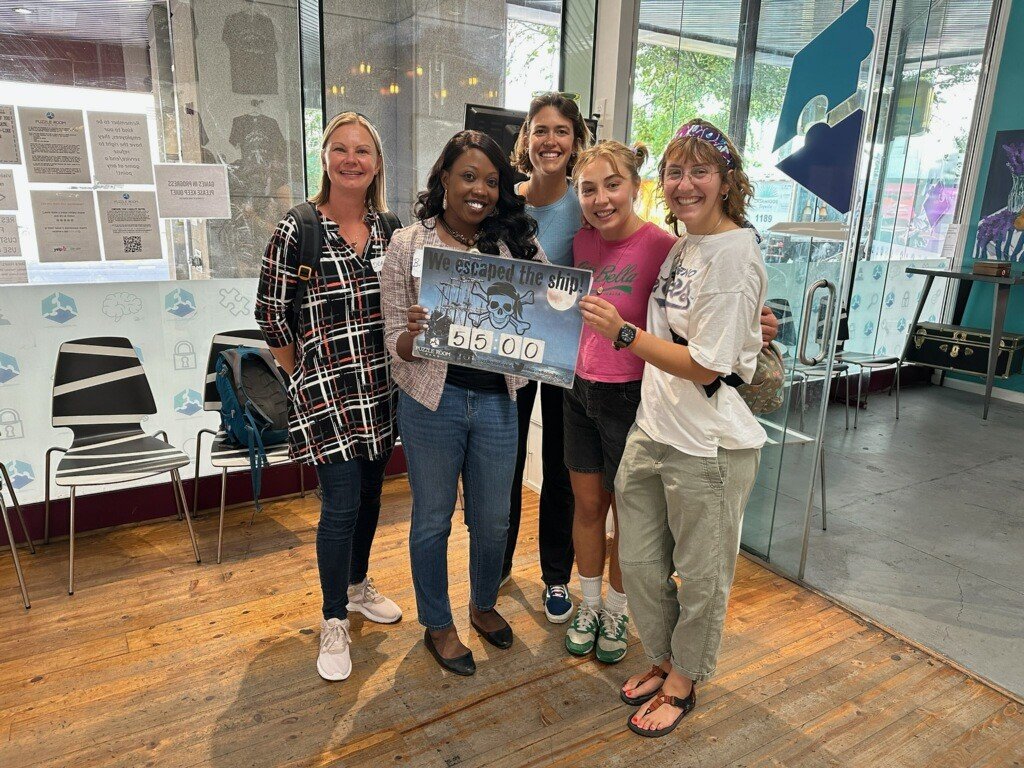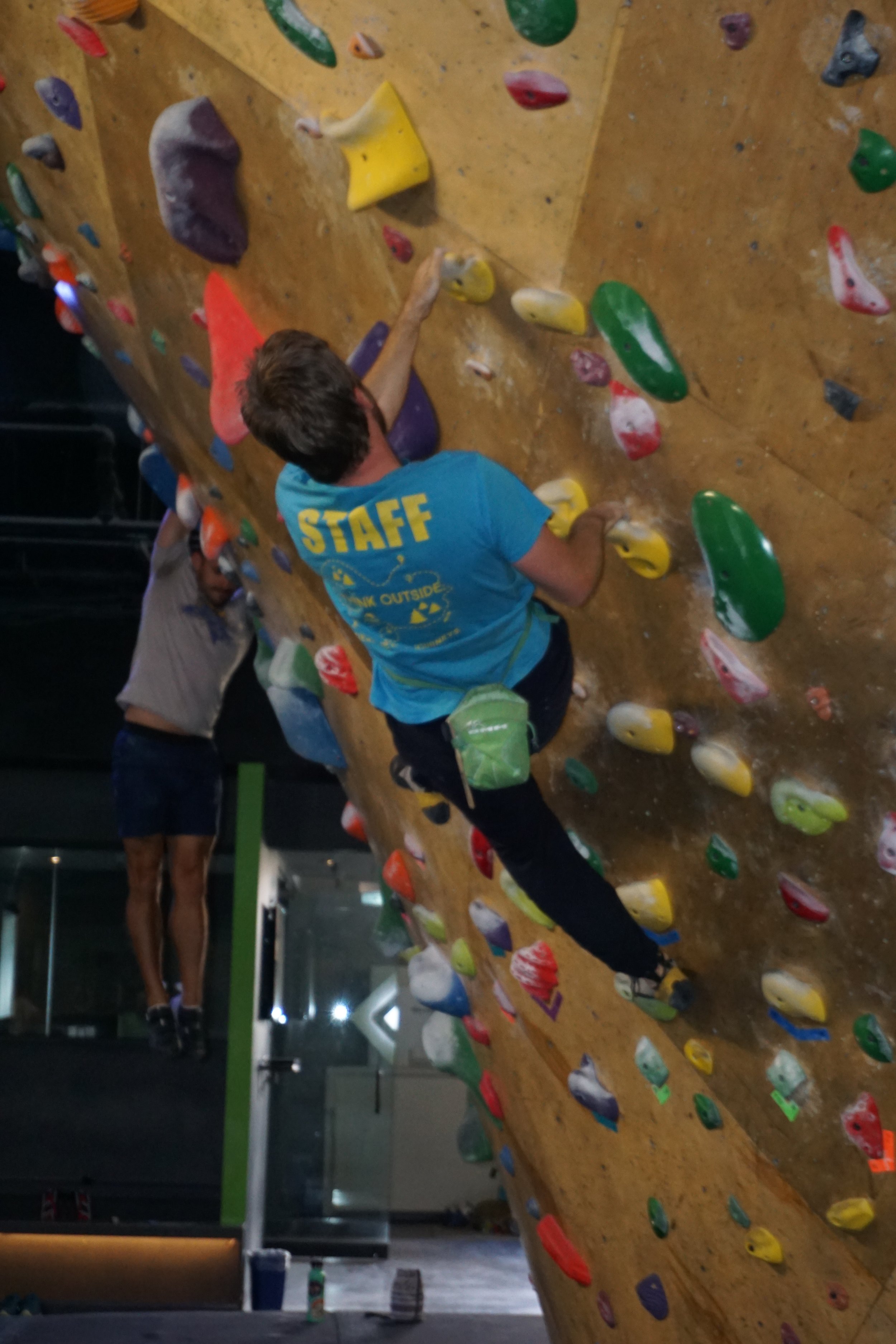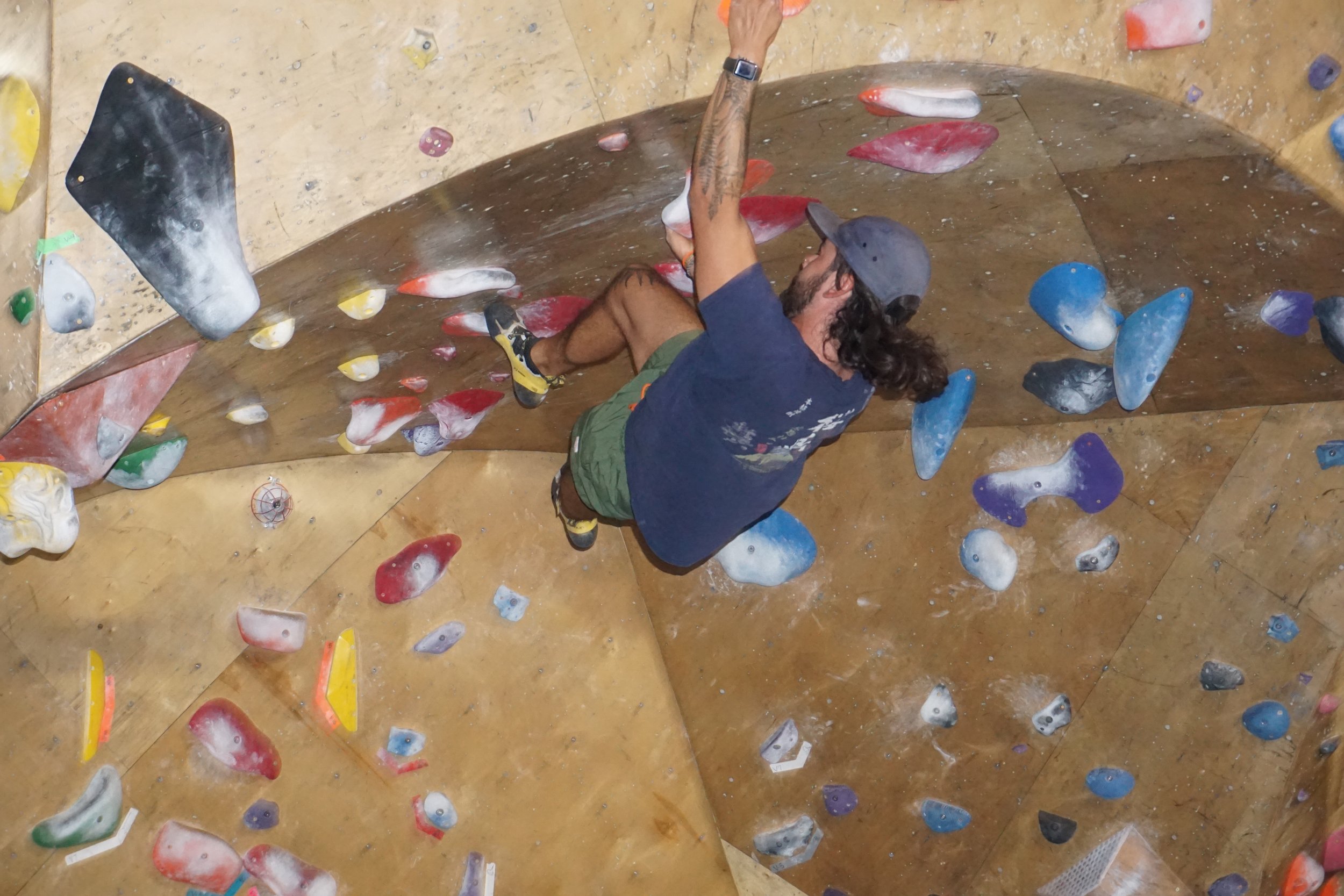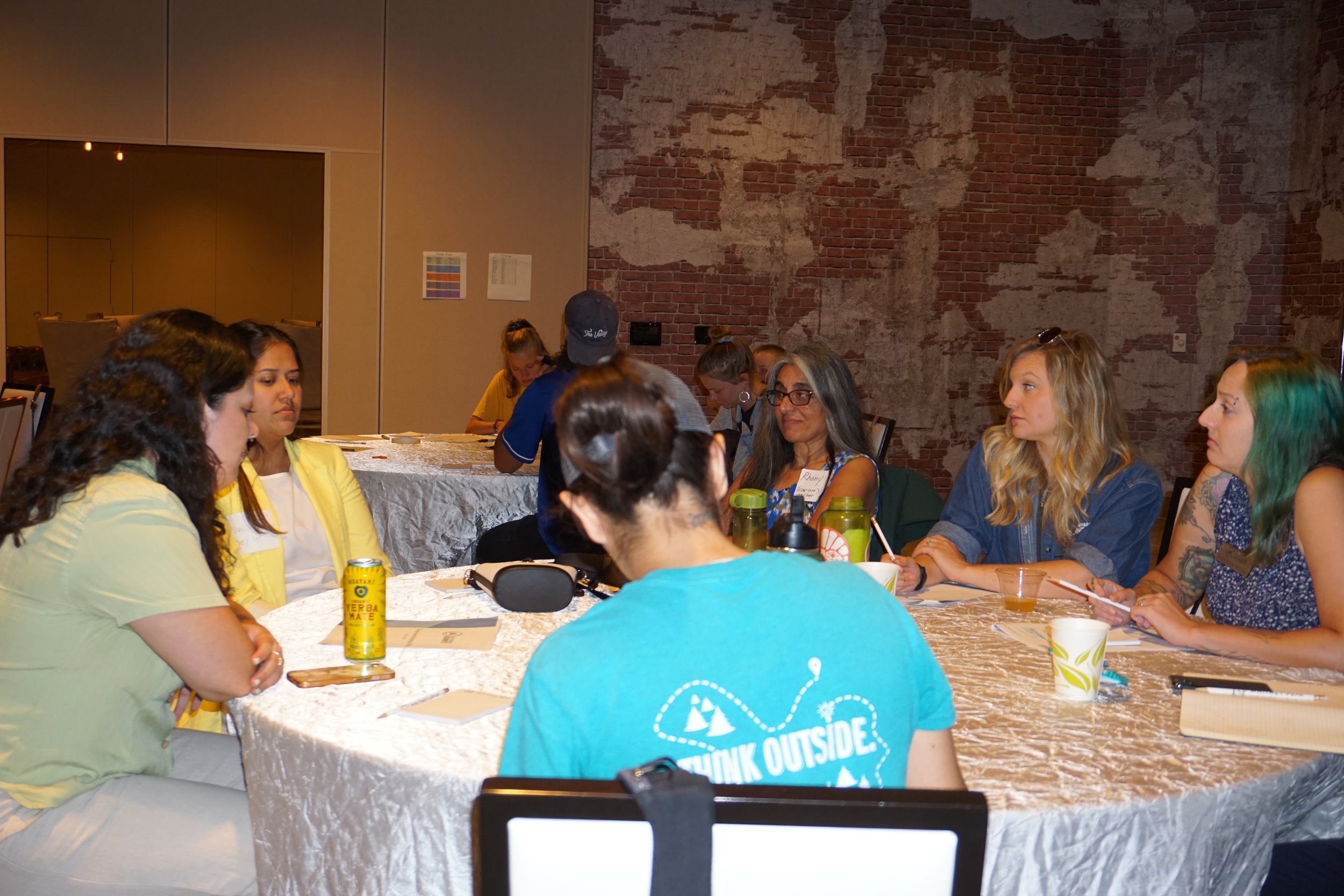Sierra Nevada Journeys secures its first-ever title sponsor of Family STEM Nights. Dynamic after-school events, Family STEM Nights, bring families together through interactive science activities and an exciting engineering design challenge. These hands-on experiences inspire confidence in students' STEM skills while fostering curiosity and a love of learning.
“We’re thrilled to partner with SilverSummit Healthplan to bring Family STEM Nights to over 45 schools across Northern Nevada this year. This collaboration reflects a shared commitment to engaging families in education and wellness, ultimately enhancing the quality of life for Nevadans,” said Sean Hill, President and CEO of Sierra Nevada Journeys. “Family STEM Nights create meaningful opportunities for students and their families to bond, explore science together, and spark a lifelong love of learning through fun, interactive activities.”
Students and their families are invited to a dynamic 1.5-hour event at their school, where they dive into the wonders of STEM through interactive science and math stations. These stations showcase captivating concepts like magnetism, surface tension, air quality, local watersheds, natural selection, and engineering. The evening wraps up with an exciting design challenge, where family teams collaborate to tackle hands-on problems, such as building the fastest wind-powered vehicle, designing lunar landers, or constructing the strongest bridge. This unique experience allows students to witness their parents or guardians modeling persistence, creativity, and teamwork while enjoying meaningful, uninterrupted family time.
"Sierra Nevada Journeys has done incredible work with their summer camps, providing unforgettable experiences for our Members. So, when the opportunity to collaborate on Family STEM Nights arose, we knew it was the perfect chance to get involved. At SilverSummit Healthplan, we’re not just committed to providing health insurance to Nevadans — we’re dedicated to supporting their overall well-being. What better way to do that than by bringing families together for a fun, engaging evening of STEM challenges and hands-on learning? We're proud to support this initiative to help inspire the next generation of innovators," said Nicole King, Vice President Community Solutions SilverSummit Healthplan.
With SilverSummit Healthplan as the title sponsor and a $50,000 contribution, Sierra Nevada Journeys is poised to expand the reach and impact of Family STEM Nights, empowering even more families to explore the wonders of science, technology, engineering, and math together. To learn more about Family STEM Nights, visit sierranevadajourneys.org/fsn.
About Sierra Nevada Journeys
Sierra Nevada Journeys, a 501(c)3 nonprofit, delivers innovative outdoor, science-based education to foster critical thinking and inspire resource stewardship. Our programs include classroom and virtual sessions, overnight science camps, teacher development, and parent engagement, providing students with tools for success. Annually, 30,000+ children participate, with 59 percent from financially challenged communities, 59 percent BIPOC, and 15 percent living with disabilities.
Our 515-acre Outdoor Education Camp, located 50 minutes from Reno in Plumas National Forest, serves as a 240-bed facility for customized programs. We emphasize team-building, social-emotional learning, leadership, and environmental education using Next Generation Science Standards and UC Berkeley’s BEETLES pedagogy.
About SilverSummit Healthplan
SilverSummit Healthplan (SilverSummit) is a managed care plan that provides health insurance to the people of Nevada. Established in 2017, SilverSummit exists to improve the health of its members through focused, compassionate and coordinated care. SilverSummit is a Centene Corporation company. For more information, visit www.silversummithealthplan.com or visit silversummithealthplan.com/caringforNV.






















































